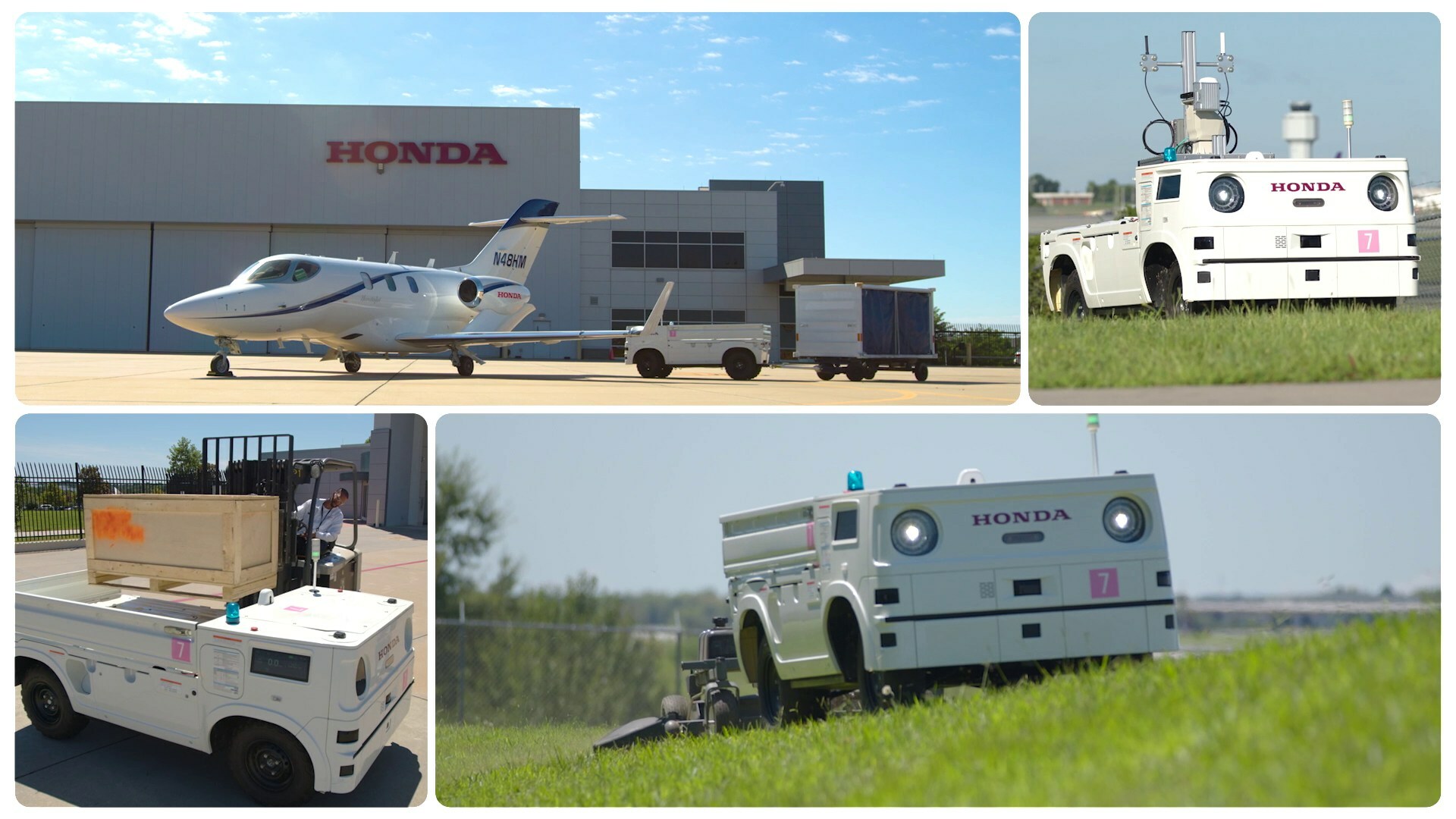Airports, FOD Operations
Reduce Airport Emissions with Unmanned Vehicles
Airports play a crucial role in global transportation, connecting people and goods around the world. However, the aviation industry is also a significant contributor to carbon dioxide (CO2) emissions and environmental pollution. To combat this, airports are increasingly turning to innovative solutions, such as unmanned ground support vehicles (UGSVs), to reduce their carbon footprint and promote sustainability.
Suggested Resources
Need sweeping equipment? Check out our FOD-Razor® Airport Runway Sweeper, our PowerBar™ Magnet Sweepers, or our TracSweep® Pull Behind Rotary Sweepers for inspiration.
Also known as autonomous or electric vehicles, they are equipped with advanced technology, including sensors, cameras, and artificial intelligence, allowing them to operate without human intervention. While the benefits of unmanned ground vehicles extend to various areas, such as mitigating labor shortages, one of their most significant advantages is their potential impact on reducing CO2 emissions.
Energy Efficient Design
UGSVs leverage environmentally friendly propulsion systems, including electric motors or hybrid technologies. By replacing conventional fuel-powered vehicles, airports’ emissions of greenhouse gases can be significantly reduced to minimize their carbon footprint. These unmanned ground vehicles produce zero tailpipe emissions, making them an ideal choice for reducing air pollution at airports and adjacent communities.
They are also designed to optimize energy usage and reduce overall energy consumption, by incorporating advanced algorithms and real-time data analysis to identify the most efficient routes and prioritize tasks, eliminating wasteful movements and idle time. Maximizing energy efficiency not only reduces CO2 emissions but also leads to cost savings for airports.
Digital Fleet Management

UGSVs are equipped with advanced sensors and cutting-edge technologies that enhance their precision and accuracy in performing various tasks. Whether it’s baggage handling, aircraft maintenance, or runway inspections, unmanned ground vehicles can maneuver with unparalleled precision, reducing the need for repetitive or inefficient actions. This precision not only enhances productivity but also reduces energy consumption and emissions during operations.
In addition, they can be networked together for intelligent fleet management, which allows for the coordination and optimization of multiple vehicles. By streamlining operations and minimizing unnecessary movements, UGSVs can reduce overall fuel consumption and emissions. Additionally, intelligent fleet management systems can improve traffic flow and reduce congestion, leading to further energy savings and environmental benefits.
Maintenance and Monitoring
UGSVs can be programmed to perform routine maintenance tasks and periodic monitoring, ensuring that vehicles are operating at optimal efficiency. This proactive approach minimizes the risk of breakdowns or malfunctions that can lead to wasteful fuel consumption and increased emissions. Additionally, unmanned ground vehicles can detect and promptly address operational anomalies, leading to improved performance and reduced carbon footprint.
While UGSVs offer numerous benefits, it’s essential to consider potential challenges that may arise. One such challenge is the increased electrical power required to operate the onboard computers. This increased demand for electrical power can potentially worsen emissions if the electricity is generated from non-renewable or fossil fuel sources.
To mitigate this issue, airports can implement a three-pronged approach:
Transition to Renewable Energy Sources. By generating electricity from solar, wind, or other renewable sources, airports can ensure that the increased energy demand from UGSVs does not contribute to CO2 emissions. This transition can involve installing solar panels or wind turbines on-site or procuring renewable energy from external sources.
Improve Energy Efficiency. To minimize the electrical power demand of UGSV’s, airports can focus on such measures as optimizing the charging infrastructure, using advanced charging technologies that minimize power loss during recharging, carefully managing the fleet’s charging schedule, and implementing smart charging systems.
Maintain Operating Environment. Foreign object debris (FOD) of any size – from dropped nails to badly-positioned cargo pallets – can impede navigation, damage tires or delay route completion. Sweep surfaces regularly of debris, assure proper placement of equipment and cargo, and create driving routes that avoid FOD.
The adoption of UGSVs at airports represents a significant step towards achieving sustainability and reducing airport CO2 emissions. By embracing these advanced technologies and implementing strategies to address increased electrical power demand, airports can lead the way in environmental stewardship while also reaping operational and financial benefits.
As the demand for more sustainable air travel continues to grow, unmanned ground vehicles prove to be a vital tool in achieving these goals. By implementing these innovative solutions, airports can contribute to a greener future while ensuring the efficient and safe operation of their ground support operations.

